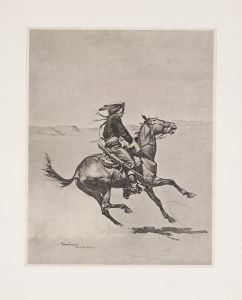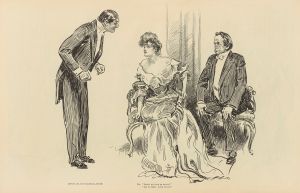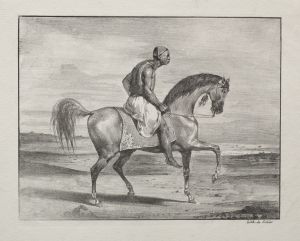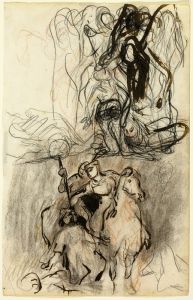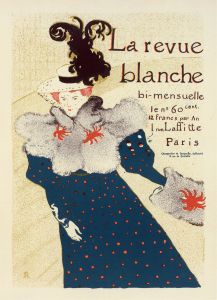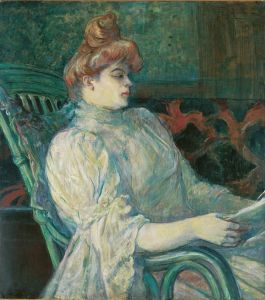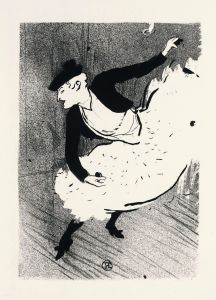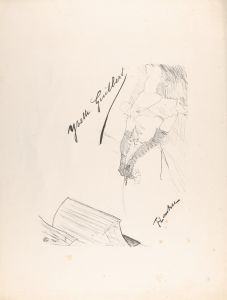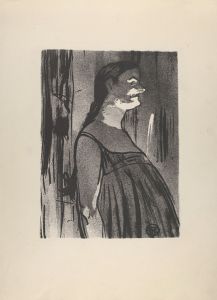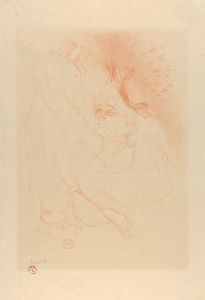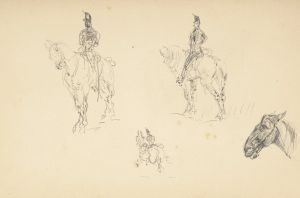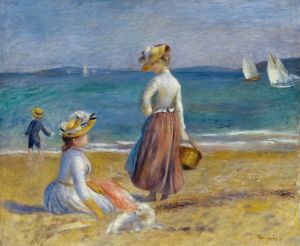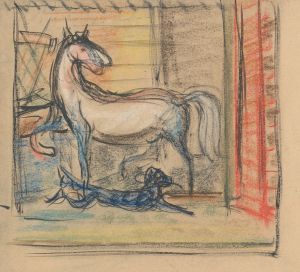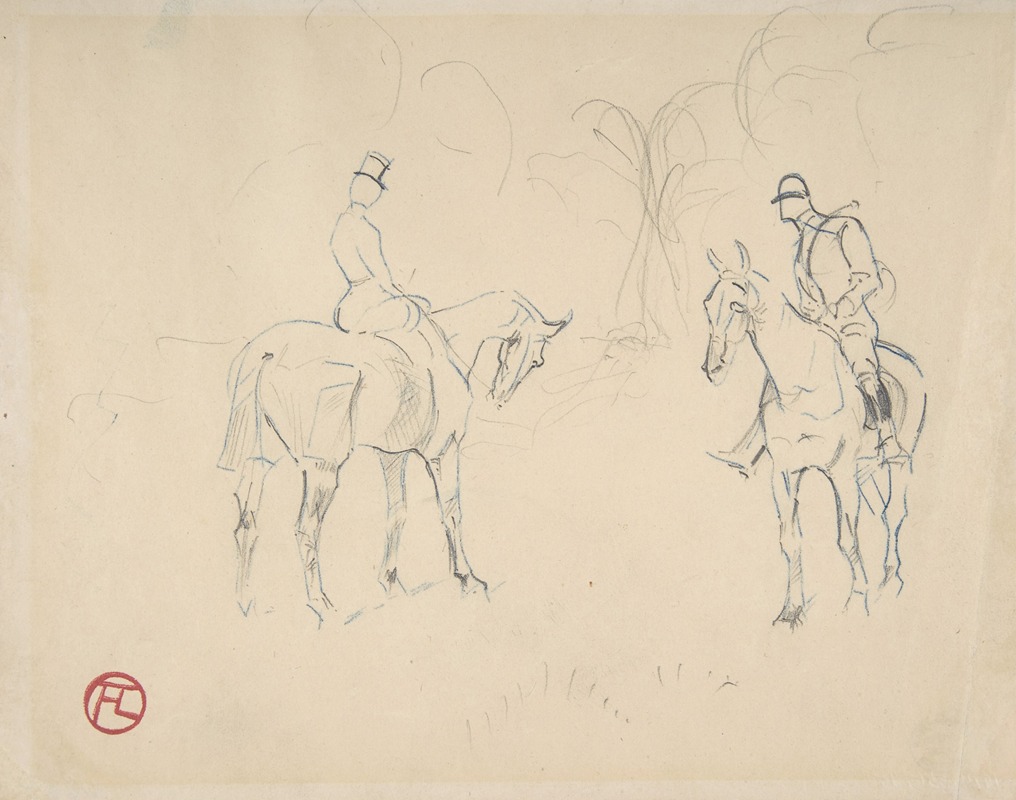
A Woman and a Man on Horseback
A hand-painted replica of Henri de Toulouse-Lautrec’s masterpiece A Woman and a Man on Horseback, meticulously crafted by professional artists to capture the true essence of the original. Each piece is created with museum-quality canvas and rare mineral pigments, carefully painted by experienced artists with delicate brushstrokes and rich, layered colors to perfectly recreate the texture of the original artwork. Unlike machine-printed reproductions, this hand-painted version brings the painting to life, infused with the artist’s emotions and skill in every stroke. Whether for personal collection or home decoration, it instantly elevates the artistic atmosphere of any space.
Henri de Toulouse-Lautrec, a prominent French painter, printmaker, and illustrator, is renowned for his depictions of Parisian nightlife in the late 19th century. His work often captures the vibrant and sometimes decadent atmosphere of the Montmartre district, where he spent much of his life. Among his extensive oeuvre, "A Woman and a Man on Horseback" is one of the lesser-known works, and there is limited information available about this specific painting.
Toulouse-Lautrec was born in 1864 into an aristocratic family in Albi, France. Despite his noble lineage, he faced significant physical challenges due to a genetic disorder that affected his bone development, resulting in a short stature and fragile health. These challenges, however, did not deter him from pursuing his passion for art. He moved to Paris in the early 1880s to study under prominent artists and quickly became immersed in the bohemian lifestyle of the city.
His artistic style is characterized by its bold use of color, dynamic compositions, and keen observation of human behavior. Toulouse-Lautrec's works often feature figures from the world of entertainment, such as dancers, singers, and other performers, capturing their movements and expressions with remarkable precision and empathy.
While "A Woman and a Man on Horseback" is not as widely recognized as some of his other works, it reflects his interest in capturing everyday scenes with a sense of immediacy and intimacy. The painting likely depicts a moment of leisure or travel, themes that were common in his work. Toulouse-Lautrec's ability to convey the personalities and emotions of his subjects is evident in the way he portrays the figures and their interaction with the horses.
The painting's composition and style would likely exhibit Toulouse-Lautrec's signature techniques, such as the use of bold outlines and a limited but expressive color palette. His approach often involved sketching quickly to capture the essence of a scene, which he would later refine into a more detailed work. This method allowed him to convey movement and spontaneity, qualities that are likely present in "A Woman and a Man on Horseback."
Toulouse-Lautrec's contribution to the art world extends beyond his paintings. He was also a pioneer in the field of lithography, creating posters that advertised the performances and venues of Montmartre. These works helped to elevate the status of the poster as an art form and influenced the development of graphic design.
Despite his relatively short life—he died at the age of 36 in 1901—Toulouse-Lautrec left a lasting impact on the art world. His works continue to be celebrated for their innovative style and insightful portrayal of human nature. While "A Woman and a Man on Horseback" may not be as extensively documented as some of his other pieces, it remains a testament to his skill and unique perspective as an artist.
In summary, Henri de Toulouse-Lautrec's "A Woman and a Man on Horseback" is a reflection of his ability to capture the nuances of human interaction and the everyday moments of life. Though specific details about this painting are scarce, it embodies the qualities that define his broader body of work: a keen eye for detail, a vibrant use of color, and a deep understanding of the human condition.





